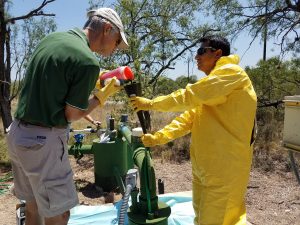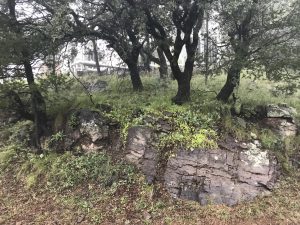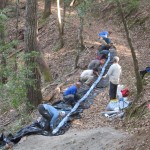The American Geophysical Union 2017 Annual Meeting in New Orleans was a whirlwind. There were many posters from Rempe Group members and collaborators, in between many po’boys and beignets!

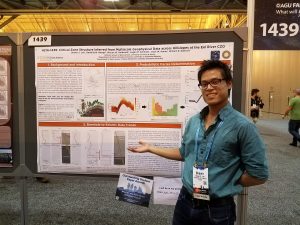
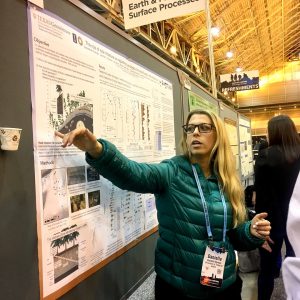






D. Dralle, W.J. Hahm, D.M. Rempe, N. Karst, S.E. Thompson, W.E. Dietrich, 2017, Identifying the Dynamic Catchment Storage That Does Not Drive Runoff,American Geophysical Union Annual Meeting.
W.J. Hahm, D. Dralle, S. Lovill, A. Bryk, T. Dawson, D.M. Rempe, W.E. Dietrich, 2017, The influence of Critical Zone structure on runoff paths, seasonal water storage, and ecosystem composition, American Geophysical Union Annual Meeting.
W.J. Hahm, J. Wang, J.L. Druhan, D.M. Rempe, W.E. Dietrich, 2017, Relating runoff generation mechanisms to concentration-discharge relationships in catchments with well-characterized Critical Zone structures and hydrologic dynamics, American Geophysical Union Annual Meeting.
S. Lee, D.M. Rempe, W.S. Holbrook, L.M. Schmidt, W.J. Hahm, W.E. Dietrich, 2017, Critical Zone structure inferred from multiscale near surface geophysical and hydrological data across hillslopes at the Eel River CZO, American Geophysical Union Annual Meeting.
D.M. Rempe, J.L. Druhan, W.J. Hahm, J.J. Wang, C. Murphy, S. Cargill, A.K. Tune, W.E. Dietrich, 2017, The role of rock moisture on regulating hydrologic and solute fluxes in the critical zone, American Geophysical Union Annual Meeting.
L.M. Schmidt, B.W. Minton, N. Soto-Kerans, D.M. Rempe, Z. Heidari, 2017, Quantifying Seasonal Dynamic Water Storage in a Fractured Bedrock Vadose Zone With Borehole Nuclear Magnetic Resonance, American Geophysical Union Annual Meeting.
A.K. Tune, J.L. Druhan, J.J. Wang, S. Cargill, C. Murphy, D.M. Rempe, 2017, Linking carbon and hydrologic fluxes in the critical zone: Observations from high-frequency monitoring of a weathered bedrock vadose zone, American Geophysical Union Annual Meeting.








